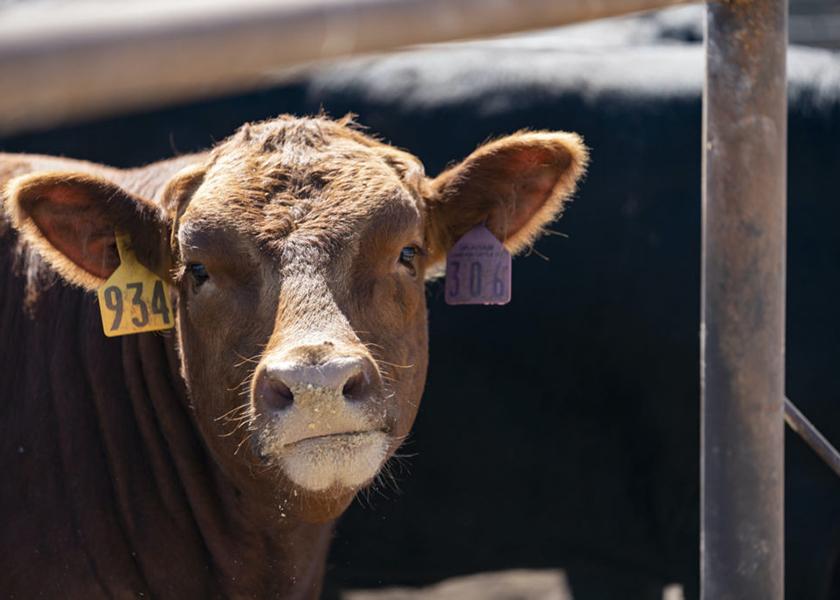Beef With a Story to It

By Blair Fannin
Direct beef purchases from the farm continue to be an emerging trend as consumers want to know both the story and faces behind the products they are purchasing, according to an expert.
Rather than traditional marketing where beef producers sell their cattle to the local livestock auction or contract directly through a feed yard, producers are capitalizing on the opportunity to sell direct from the farm to the consumer.
At the recent Texas A&M AgriLife Extension Service Stiles Farm Field Day, producers learned more about how they can tap into this growing trend of the beef production segment. Rather than traditional marketing where beef producers sell their cattle to the local livestock auction or contract directly through a feed yard, they are capitalizing on the opportunity to sell direct from the farm to the consumer.
“Whether it’s all natural, organic or grain-fed beef coming off the ranch, for consumers who can actually see where and who they are getting their beef product from carries a lot of weight and trust,” said Jason Cleere, Ph.D., AgriLife Extension beef cattle specialist, Bryan-College Station. “Consumers are wanting beef with a story to it. It could be grain-fed beef off the ranch or simply grass-fed. There’s a lot of interest from producers wanting to get into this niche market, and some are having a lot of success.”
Capitalizing on additional profit
There are opportunities to receive high premiums for their cattle, though there are associated additional costs, experts said. For example, carcass weights much reach 1,300 pounds to 1,400 pounds and require additional feed costs to reach those weight-gain thresholds. To add an additional 3 pounds of gain a day requires purchasing feed for $360 a ton and a feed cost of gain of $1.20-1.30 per pound. The typical feed yard gain cost is about 90 cents a day.
“We tell people to start at the end where you will market the animal and work back when calculating costs and returns,” Cleere said. “Figure out how much it’s going to cost to slaughter, custom package the steaks, hamburger, all the cuts that will be sold, plus your feed expenses. At the end, you will see how much your total costs will be and that will help you determine how much per pound you want to price in selling to the consumer. If your costs are more than what the consumer is willing to pay for beef, then you price yourself out of the market.”
Risk and infrastructure needs
Cleere advised staggering the amount of feed to the different weight classes of animals, so they are not marketed all at one time. Recommended slaughter weights are 1,200 pounds to 1,400 pounds of fat.
“The risk is holding these animals,” said Dan Hale, Ph.D., associate director for agriculture and natural resources for AgriLife Extension. “There are also health issues when holding these animals for extended periods. These types of risks need to be carefully considered.”
Producers will also need to evaluate where they are going to acquire custom slaughter services and how much they will pay for cutting and packaging.
Considering how much to sell each animal for is best determined by live weight.
“An animal that weighs 1,300 pounds will yield 700 to 800 pounds of meat,” Hale said.
There are many components to factor in when selling direct from the farm, he said.
“Consumers like the aspect of buying beef from people they trust,” Hale said. “There are people who, instead of going to the grocery store, would rather buy direct. This does not mean that we cannot trust our traditional beef supply found at the grocery store, because it is very safe and of high quality. Some consumers just value the from-the-farm experience and are willing to pay for it.”
Blair Fannin provides executive/internal communications support for Texas A&M AgriLife.







